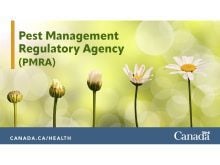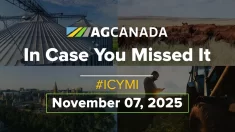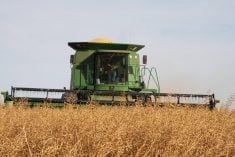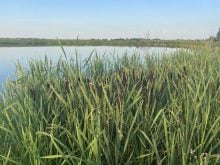REGINA BEACH, Sask. – The mower that trims the ditch to prevent snow build-up in the winter could also be spreading a noxious weed.
Photographs presented at a recent meeting about leafy spurge clearly show how the weed population followed the path and size of a mower.
Nancy Gray, an agrologist working with the Invasive Alien Plant program, said if mowing occurs on a dewy morning, the spurge seed will stick to the mower and fall out later when it’s dry.
That could happen in the ditch or at a new location.
Read Also
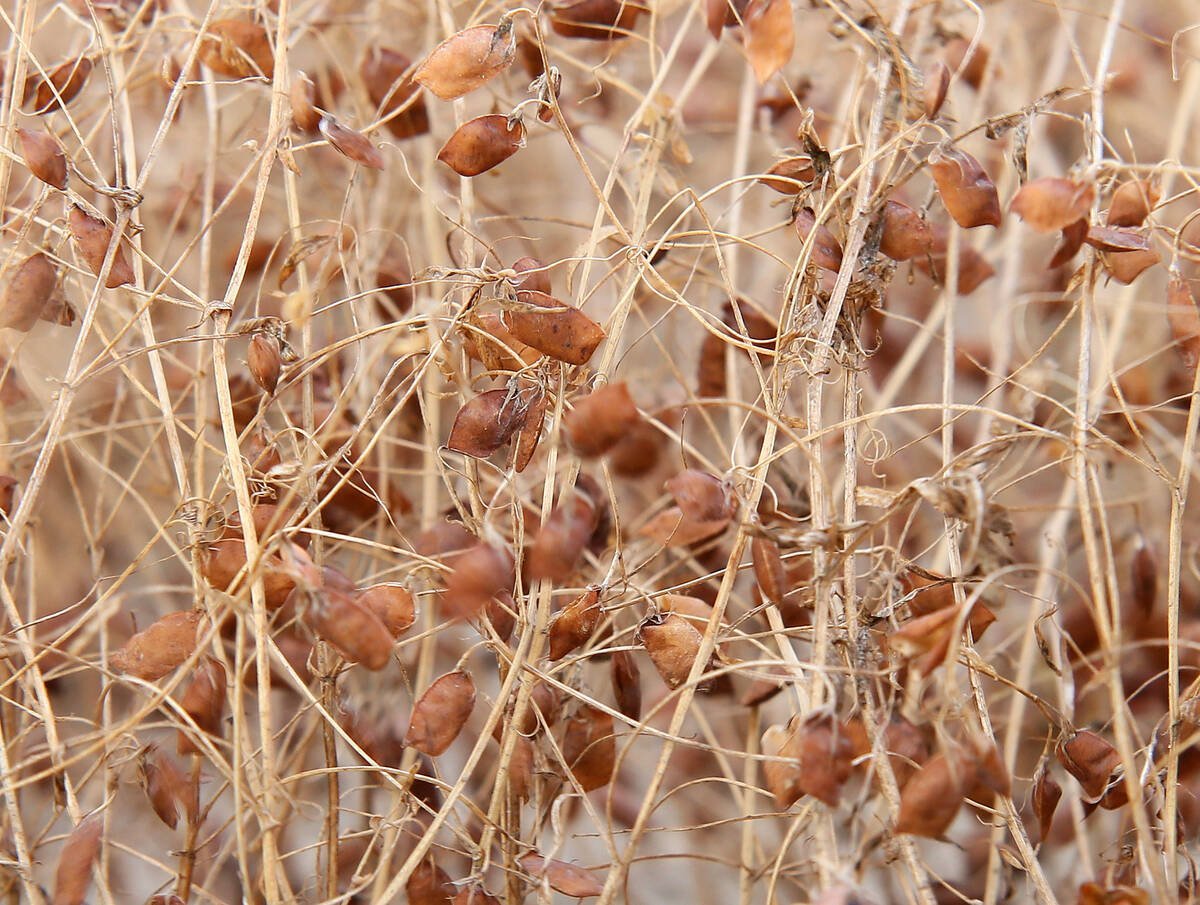
Europe holds promise for Canadian lentils
Pulse Canada is trying to help boost lentil consumption in Europe, which is already the fourth largest market.
At least one farmer in this region north of Regina said concerns have existed for a long time about spreading weeds this way.
Farmers who take hay from ditches could also be transporting noxious weeds to other areas.
Another landowner criticized the provincial highways department for its mowing policies, suggesting it is cutting and spreading leafy spurge “willy-nilly.”
Doug Wakabayashi, communications manager for the department, said mowing contracts call for two cuts within the season and a definite completion date.
Highway crews also spot cut and clear by hand in areas around bridges, for example.
In addition to right-of-way along 26,000 kilometres of road, the department must control weeds at ferry crossings, gravel pits, stockpiles and equipment storage buildings.
“We are responsible for a lot of land in this province,” he said. “We want to be a good neighbour.”
Some at the meeting said one must only look at the ditches along the Trans-Canada Highway near Mortlach, Sask., to see that more needs to be done to control leafy spurge.
Wakabayashi said the department is involved in a mapping project and is providing the information to a Brandon researcher to help her locate leafy spurge infestations.
It is also working with Saskatchewan Agriculture on a program using beetles for biological control.
He agreed that timing of mowing could be a problem and said the map should help identify when and where mowing should occur to prevent leafy spurge spread.
Jack Glen, a resident of the Rural Municipality of Lumsden, said ratepayers, the RM and provincial departments must be involved.
“It has to be a co-ordinated effort or we’re not going to beat it,” he said.
The North Plains Leafy Spurge Control Project has identified an area in the RM where it will concentrate its control efforts. The area boundaries are the Qu’Appelle Valley on the east, Highway 11 to the south, the Last Mountain Lake beachfront on the north and the Disley Road to the west.
RM weed inspector Tracey Preete said council plans an aggressive combination of mowing and Tordon 22K application to tackle the weed.




